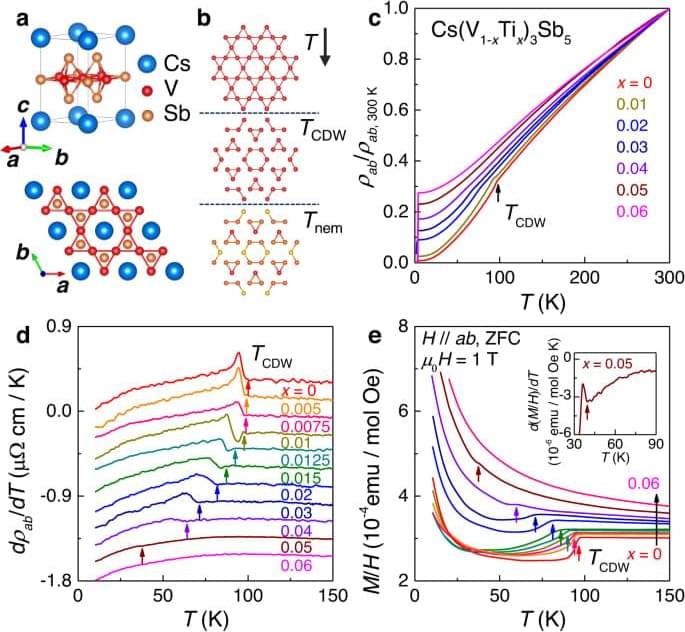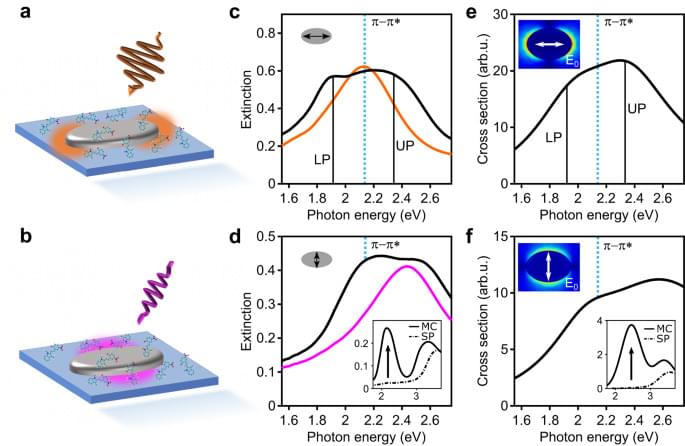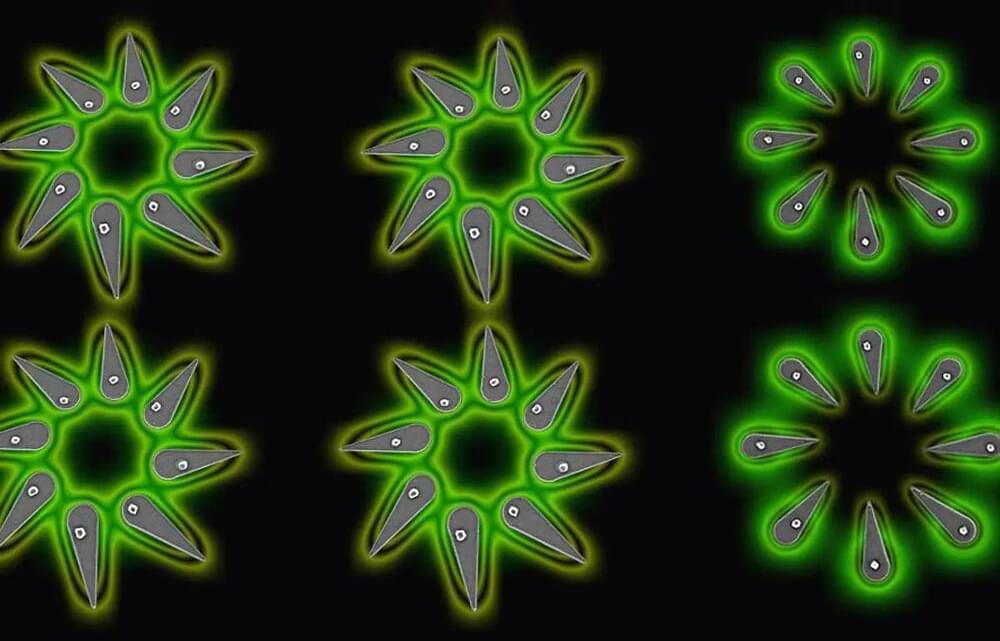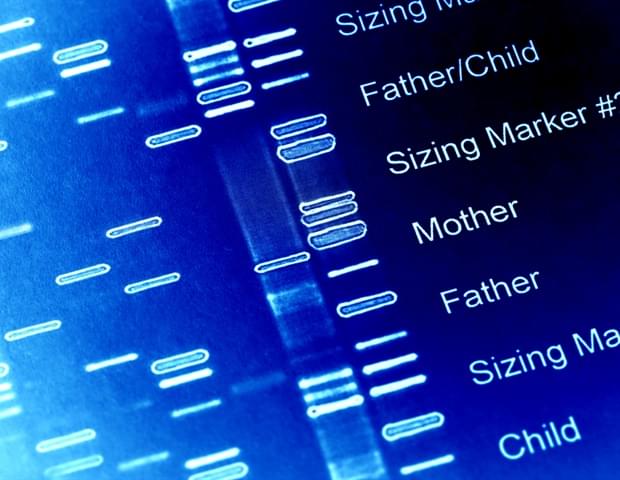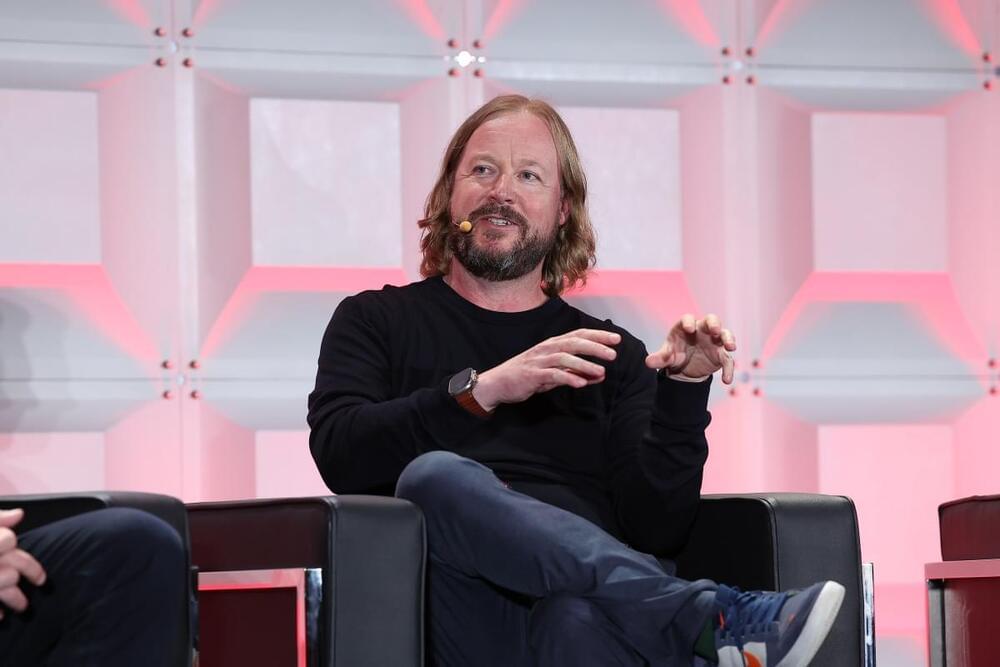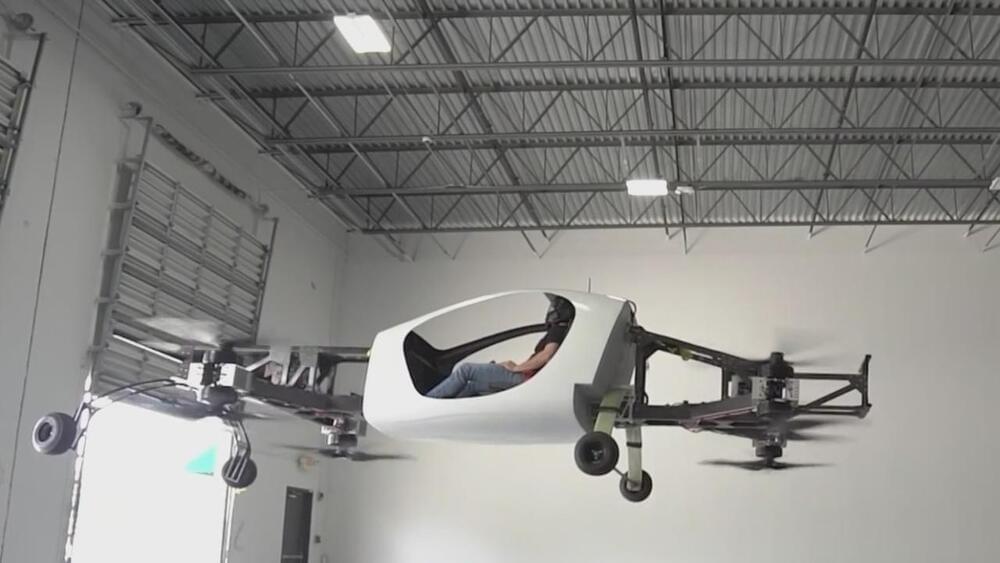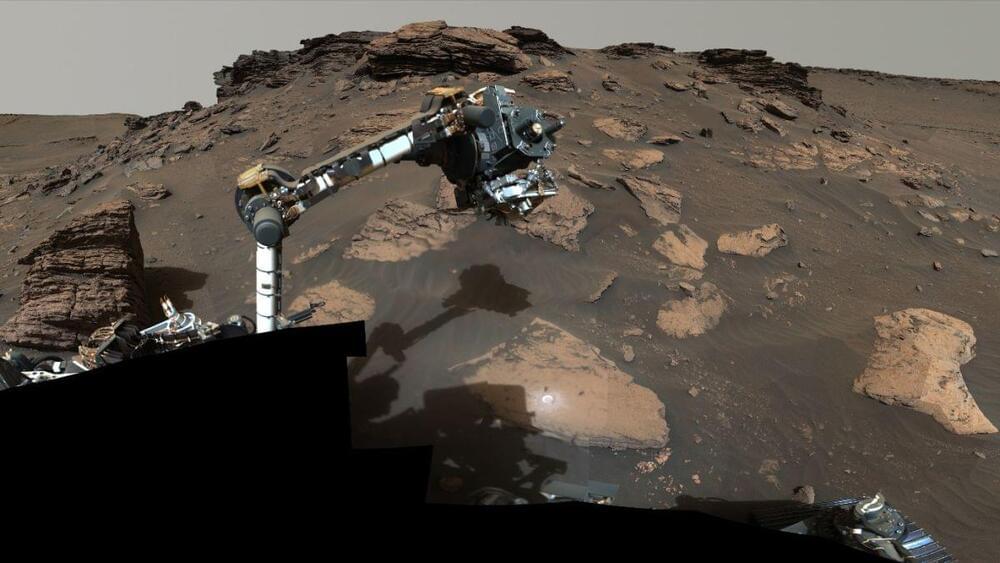I’m excited to share my latest article with Aporia Magazine, where I’m writing a series of stories on transhumanism. My latest article, on AI and religion, is now out.
Written by Zoltan Istvan.
A consensus of 350 top AI experts believes that by 2060 engineers could create a superintelligence to rival the human mind. This machine intelligence might create complex symphonies, direct blockbuster movies and run market-beating companies. But would it be sophisticated enough to understand spirituality, practice a religion or commune with a higher power?
In conferences and forums around the world, theologians and scientists are trying to answer these questions. Some are even debating whether the superintelligence should be converted to a specific religious perspective when it arrives – and then maybe even saved.
Wired Magazine’s executive founding editor Kevin Kelly once said, “The creator made us as beings with free will and consciousness – we are going to do the same thing. We are going to make beings with free will and consciousness, because we are in the image of the creator.”
